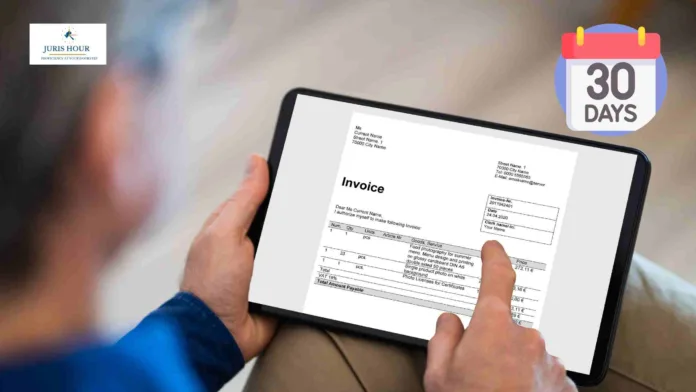The Goods and Services Tax Network (GSTN) has introduced a significant compliance change for businesses under the Goods and Services Tax (GST) framework. Starting April 1, 2025, all businesses with an Annual Aggregate Turnover (AATO) of Rs. 10 crore and above must report their e-invoices within 30 days of invoice generation on the Invoice Registration Portal (IRP).
Key Updates on GST E-Invoicing Rule 2025
Previously, this 30-day reporting mandate applied only to businesses with an AATO of Rs. 100 crore or more. With the threshold now lowered, thousands of mid-sized enterprises must comply with this new GST e-invoice rule.
Important Highlights:
- Mandatory E-Invoice Reporting: Businesses with an AATO of Rs. 10 crore and above must upload their invoices, credit notes, and debit notes to the IRP within 30 days.
- Automated Compliance Checks: The IRP system will automatically reject invoices that exceed the 30-day submission window.
- Impact on Input Tax Credit (ITC): Unreported invoices beyond 30 days become invalid for ITC claims, affecting suppliers and buyers.
- Applicable Turnover Limit: The rule applies to businesses meeting the AATO threshold in any preceding financial year.
Why This GST E-Invoice Compliance Matters
Failure to comply with this new e-invoicing rule could lead to invoice rejections, loss of ITC eligibility for buyers, and regulatory scrutiny. To ensure smooth GST compliance, businesses must update their internal processes, accounting software, and ERP systems.
How to Stay Compliant with the New E-Invoice Rule?
- Automate alerts for timely invoice reporting.
- Enable real-time syncing with IRP systems.
- Train staff on the updated GST e-invoicing guidelines.
Businesses must act now to avoid compliance issues and maintain seamless tax operations. Stay informed and ensure smooth adherence to the GST e-invoice rule effective April 1, 2025.





